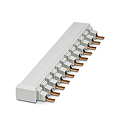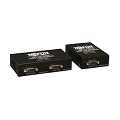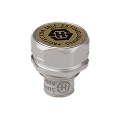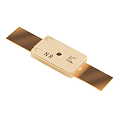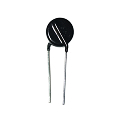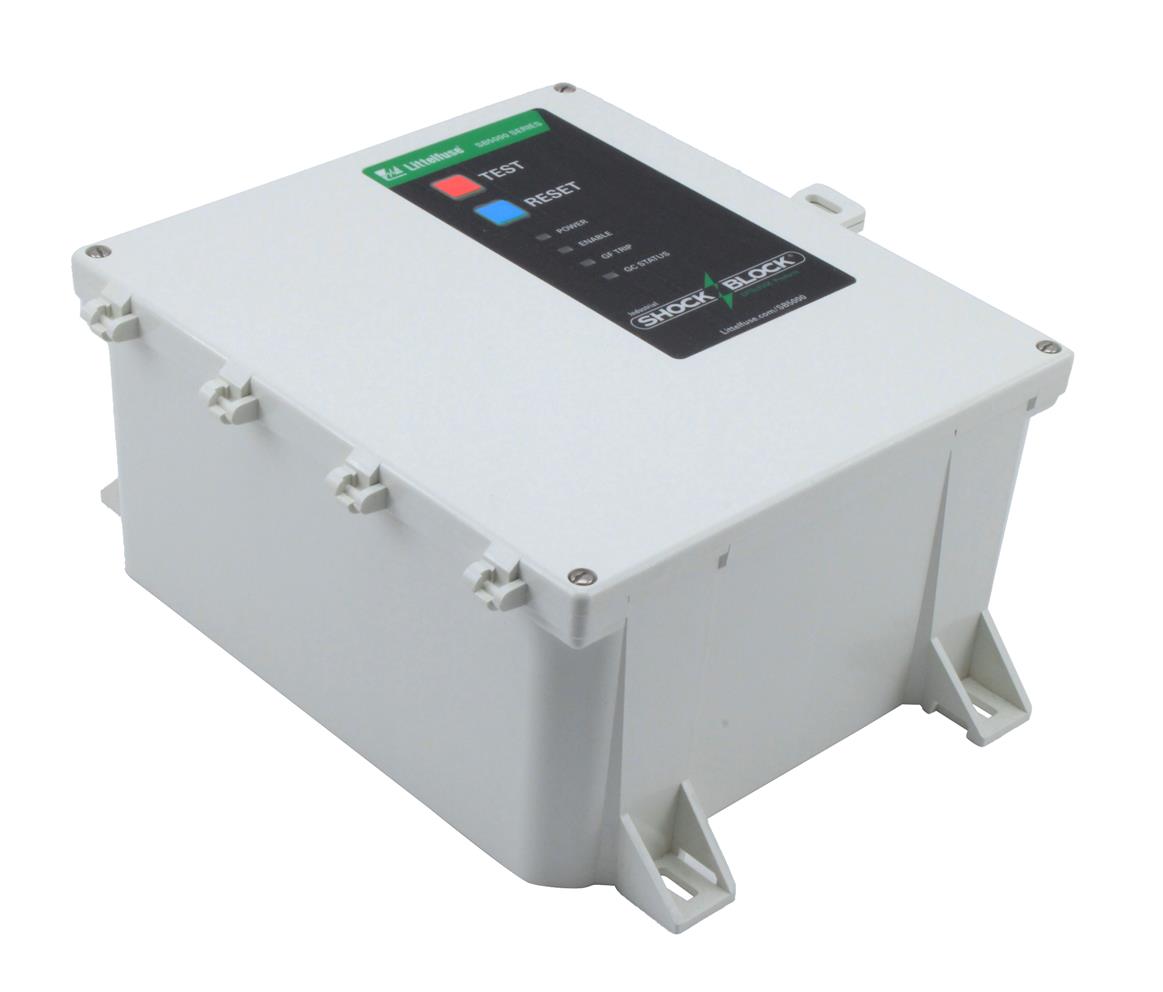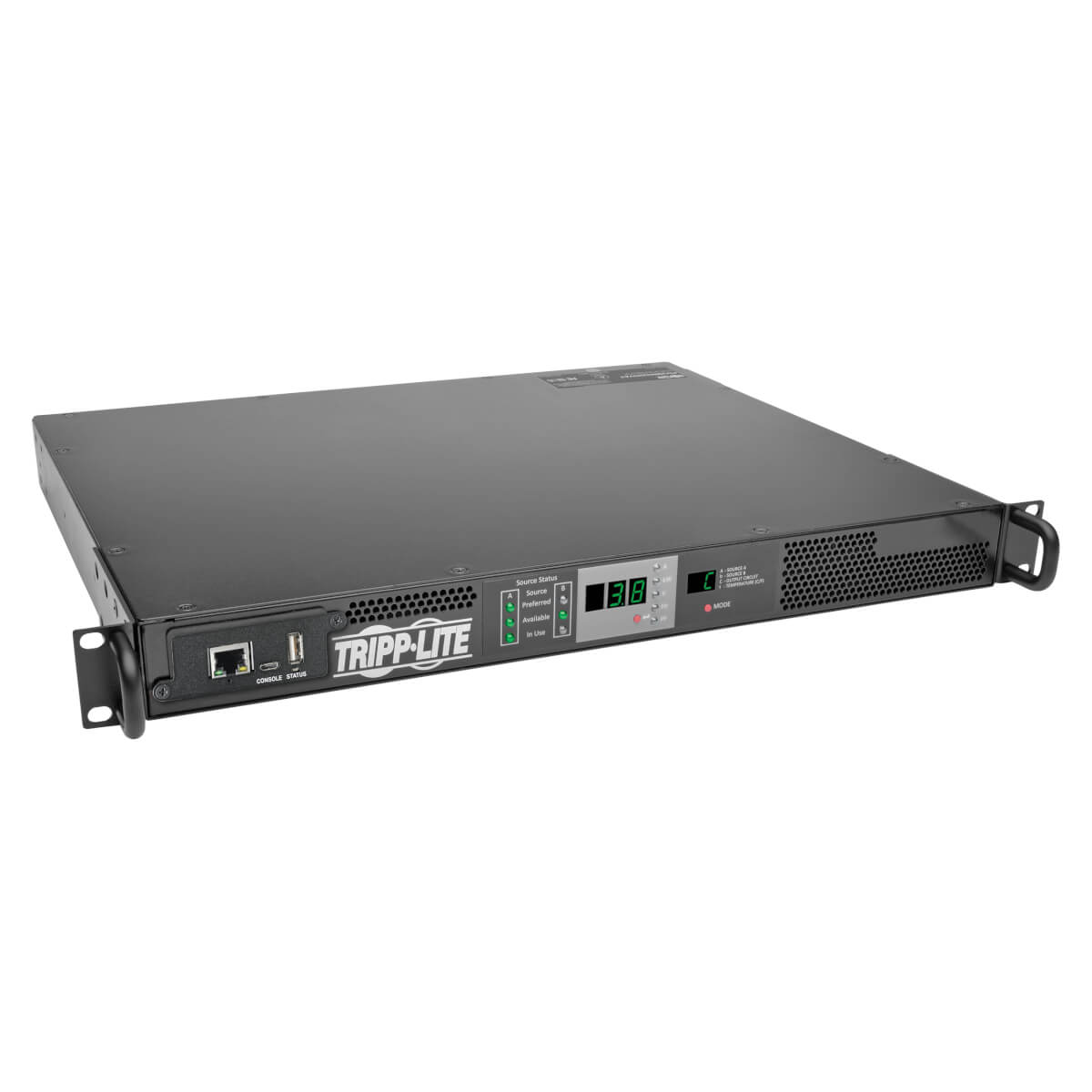Electrical distribution and protection covers the devices that route, isolate, and safeguard electrical power across machines, panels, and facilities. This category keeps equipment running, reduces fault damage, and supports safe maintenance in industrial, commercial, and energy systems. Online Components supplies dependable stock with U.S.-based shipping, giving purchasers and engineers a clear path from search to checkout with confidence.
The selection spans busbars, gas discharge tubes (GDTs), thermal cutoffs, and varistors. Important specifications include voltage and current ratings, pole count, interrupt rating expressed as kiloampere interrupting capacity (kAIC), trip curves, Ingress Protection (IP) rating, operating temperature, and approvals from Underwriters Laboratories (UL), International Electrotechnical Commission (IEC), and Canadian Standards Association (CSA).
How to Choose the Right Electrical Distribution & Protection
Begin with the load and fault profile. Match continuous current and system voltage, then size interrupt rating to the available fault current at the installation point to avoid catastrophic failures. Pick the form factor and installation method that fits your panel layout: panel mount or DIN rail, screw or spring clamp, and conductor size ranges that match your wiring.
Check environmental and regulatory requirements by reviewing IP rating, flammability class, creepage and clearance distances, and the exact standards your market demands. For breakers, weigh thermal-magnetic versus electronic trip options and whether coordination or selectivity works with upstream devices.
Popular Applications for Electrical Distribution & Protection
Purchasers, maintenance teams, control panel builders, and manufacturing engineers shop this category when uptime and compliance matter. Factory automation relies on coordinated breakers, fuses, and distribution blocks to segment lines, protect drives, and localize faults.
Energy and renewables, including solar arrays and battery storage, use SPD and high-interrupt devices to absorb transients and clear high fault energy. Transportation and Electric Vehicle (EV) systems call for compact parts with defined trip behavior and vibration-ready terminations. Building systems and data centers deploy modular terminal blocks and busbar hardware to support dense wiring, clear labeling, and fast service.
Why Buy Electrical Distribution & Protection from Online Components?
Count on U.S.-based inventory for quick turnaround and predictable shipping windows. Being an authorized source means every part arrives with supplier authentication and traceable origin. Powerful filtering speeds part selection by ratings, poles, mounting style, and approvals, while responsive customer service helps teams lock in specifications with clarity. Same-day shipment on in-stock items keeps projects moving and reduces line-down risk.
Electrical Distribution & Protection: What You Need to Know
What should I check when selecting a circuit breaker?
Choose a breaker with the correct voltage and current ratings for your load, and ensure its interrupting capacity meets or exceeds the available fault current. Trip curves matter just as much. Select one that matches your application, such as motor loads or general resistive circuits.
How do fuses and thermal cutoffs differ?
Fuses respond to overcurrent, melting when the current exceeds the limit. Thermal cutoffs (TCOs) disconnect a circuit when a preset temperature is reached. Both provide one-time protection, but fuses target current faults while TCOs guard against overheating in appliances, motors, and power supplies.
What are busbars used for in distribution systems?
Busbars deliver power across panels or enclosures using a compact, low-resistance conductor. They simplify wiring, support high current capacity, and improve system reliability. You'll find them in switchgear, control cabinets, and data centers.
Why use surge protection devices (SPDs) if I already have breakers?
Breakers handle overcurrent, but they don't react fast enough to transients or lightning surges. SPDs absorb and divert excess energy before it reaches sensitive equipment, protecting electronics in industrial plants, solar arrays, and building mains.
What role do varistors play in protection?
Varistors, often referred to as MOVs, clamp voltage spikes to safe levels. They're essential for power supplies, industrial controllers, and automotive electronics. When selecting one, check the clamping voltage, energy rating, and response time to match your system's surge protection requirements.
contact us
 English
English
 Chinese
Chinese
 Italiano
Italiano
 Portuguese
Portuguese
 Deutschland
Deutschland
 French
French
 Russian
Russian
 Japanese
Japanese
 Turkish
Turkish
 Korean
Korean
 Spanish
Spanish
